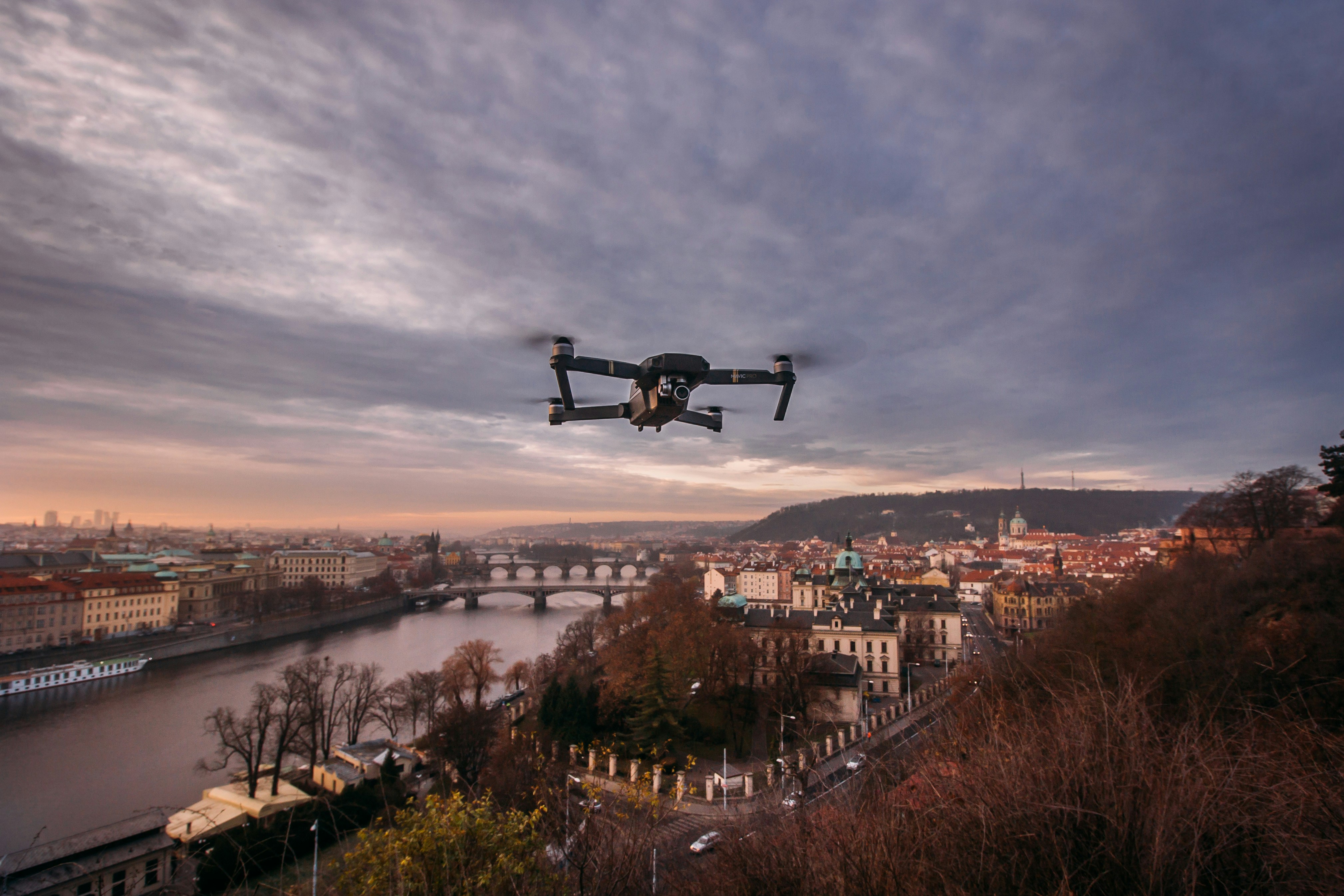Closing Date
Monday 24 March 2025
Reference
SCI842225
Applications are invited for a Research Associate/Fellow at the University of Nottingham, UK, to work on a project to quantify methane emissions from Arctic wetland and their impacts on the global climate.
This position offers the opportunity to work on a UKRI funded project to determine methane emissions from arctic landscapes. The project motivation is that Arctic landscapes are experiencing rapid change as permafrost (permanently frozen ground) thaw, which results in high methane emissions. However, the magnitude of these emissions and their spatial distribution remain poorly quantified. The target of this project is therefore to quantify changes in methane emissions from Arctic landscapes over space and time.
The experimental programme combines collection of new ground measurements of methane emissions, climate change experiments, UAV data and satellite data to generate a modelling system that will allow us to quantify past, current and future methane emissions from Arctic wetlands. The field work will involve methane, biogeochemical and UAV data collection at several sites in the Arctic. The experimental work will involve running simulated climate change experiments in controlled environment growth room using plant-soil mesocosms in the laboratories at the University of Nottingham. Together the work will inform policy makers and the Intergovernmental Panel for Climate Change of the magnitude of the Arctic wetland methane feedback supporting climate mitigation efforts.
This position will be especially suited to candidates with an interest in ecosystem functioning, biogeochemistry and spatial extrapolation of such data. The project includes substantial amounts of field work in Sweden and Canada during the summer as well as laboratory work during the winter period. The candidate will work closely with a remote sensing colleague to quantify emission at different scales, develop process understanding and integrate this into spatial models which ultimately will assess methane emissions from the entire Arctic. The candidate will develop skills in state-of-the-art technologies e.g. used novel sensors for methane detection and UAVs equipped with methane detectors.
Applicants must be highly motivated and self-driven, with a PhD in Biology, Geography, Environmental Science or related subject. The successful candidate will ideally have considerable experience in some of the following areas: plant-soil interactions, carbon cycling, use of UAVs to measure ecosystem properties. A track record of publishing research is also desirable. Experience in field work and laboratory analysis of environmental samples are relevant to the project.
This is a full-time post (36.25 hours), which is available from 1 April 2025 or as soon as possible thereafter and will be offered on a fixed-term contract until 31 September 2027.
For informal enquiries please contact Sofie Sjögersten (). Please note that applications sent directly to this email address will not be accepted.
#J-18808-Ljbffr


